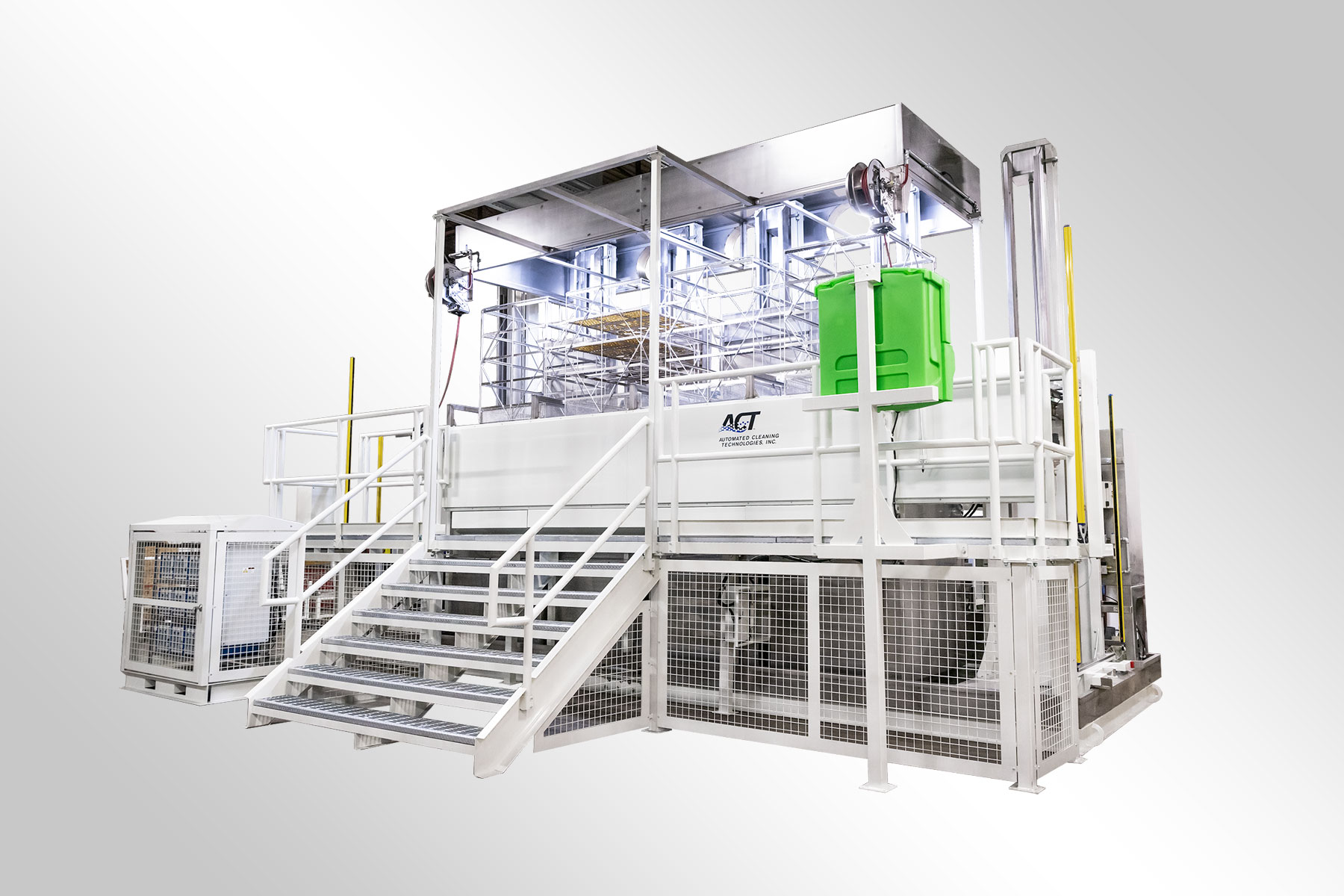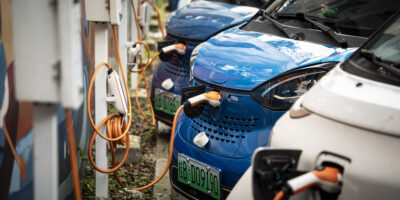
The food industry is one of the most important industries in the United States. It employs over 16 million people and generates over $1 trillion in annual revenue. In order to maintain the high standards of food safety that consumers demand, food manufacturers must have effective cleaning and sanitation procedures in place.
Robotic technology is increasingly being used in the food industry to help with cleaning and sanitation tasks. These robots can be programmed to perform specific cleaning tasks, such as scrubbing floors, cleaning equipment, and sanitizing surfaces. They can also be used to clean in hard-to-reach areas that would be difficult or dangerous for humans to clean.
Automated cleaning systems can help to improve food safety in a number of ways. First, they can help to reduce the risk of cross-contamination. This is because the robots can be programmed to clean specific areas in a specific order, which helps to prevent the spread of bacteria from one area to another.
Second, automated cleaning systems can help to improve efficiency. This is because the robots can work 24/7, without the need for breaks or overtime. They can also be programmed to clean in a specific way, which can help to reduce the amount of time that is needed to complete the cleaning process.
Third, automated cleaning systems can help to improve accuracy. This is because the robots can be programmed to follow specific cleaning instructions, which helps to ensure that all areas are cleaned thoroughly.
The use of automated cleaning systems in the food industry is still in its early stages, but it is growing rapidly. As the technology continues to develop, we can expect to see even more widespread adoption of automated cleaning systems in the food industry.


